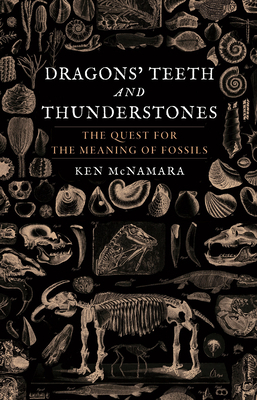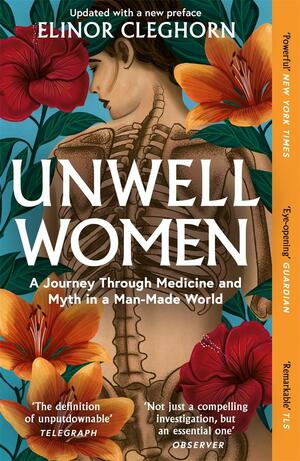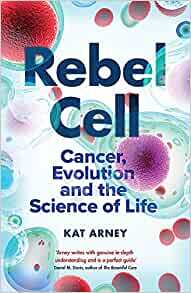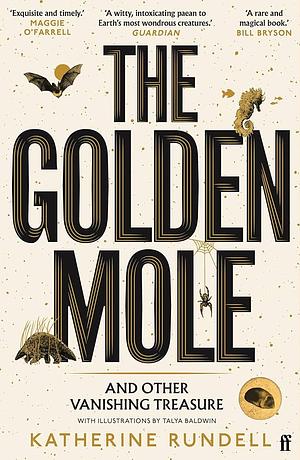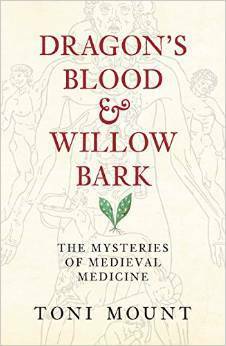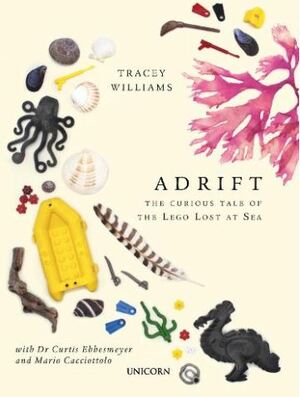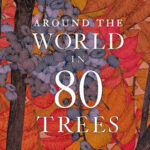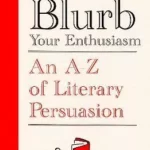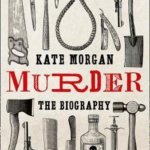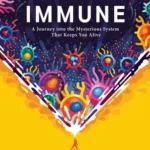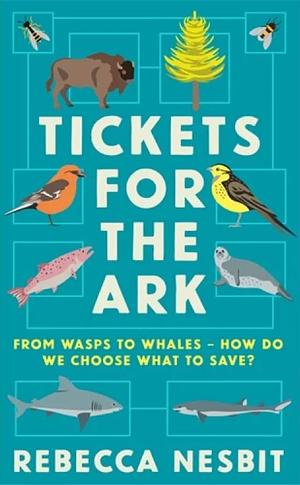
Tickets for the Ark: From Wasps to Whales - How Do We Choose What to Save?
by Rebecca Nesbit
Genres: Non-fiction, SciencePages: 256
Rating:

Synopsis:Our planet hasn't seen the current rate of extinction since the demise of the dinosaurs 65 million years ago, and global conservation efforts are failing to halt this. As a society, we face choices which will determine the fate of Earth's estimated 8.7 million species, including humans. As wildlife declines, conservation needs to make trade-offs. But what should we conserve and why?
Are we wrong to love bees and hate wasps? Are native species more valuable than newcomers (aka invasives)? Should some animals be culled to protect others, and what do we want the 'natural world' to look like? There are many surprising answers in Rebecca Nesbit's lively, stimulating book, which sows the seeds of a debate we urgently need to have.
Rebecca Nesbit’s Tickets for the Ark attempts to be somewhat nuanced about the topic of conservation, and to dig into why we want to save the creatures we want to save — and why we might want to save other animals instead. It’s not always obvious that we might want to save parasites, but we know little about some parasites, and little about what advantages they might offer taken as part of a whole ecosystem. Nesbit also talks about what we define as “wild” vs “domesticated”, how our responsibilities differ between the two, and how much responsibility we might want to or need to take for animals in rewilding projects.
That’s just a taster of the various dilemmas she serves up, but hopefully it gives an idea of the gist of the book. I appreciate that she recognises the potential role of animals that people don’t like — wasps, including parasitic wasps, and other ectoparasites like lice — and the issue that it’s very difficult to decide what counts as a “native” plant. All cut-offs are artificial, and do we really want to roll back time? Maybe we need a new normal?
None of it came as a surprise to me, since it’s a topic I’ve thought about a fair bit, but it’s an attempt at nuance in a world that sometimes lacks it, and I appreciated that. It was a slower read than I expected, but full of helpful context that can get a layperson properly interested and involved in the hypotheticals.
Rating: 3/5

